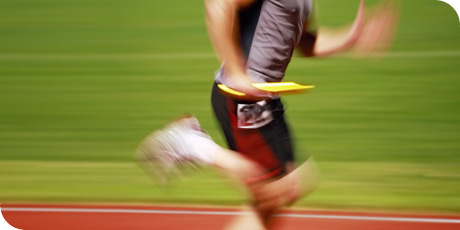
ProActive Physical Therapy and Sports Medicine prides itself in providing patient care that is focused on returning a patient to his/her previous level of function. It may be a patient who needs to tolerate sitting at a computer work station for 8 hours a day, a grandmother who wants to hold her grandchildren free of debilitating back pain, or the athlete who wants to return to her/his sport ASAP. This article will focus on returning the athlete to his/her previous level of function for a specific sport.
All ProActive Physical Therapy and Sports Medicine athlete patients are educated during the initial evaluation on differences between clinical goals and functional goals. Clinical goals are those that are easily measured in our clinic, such as strength, range of motion, swelling, pain, and cardiovascular and muscular endurance. Functional goals are “goals that relate to the factors required for the athlete to successfully return to athletic competition. It may relate to parameters such as speed, agility, power, and sport- or position-specific endurance.” (Zachazewski, James E., Magee, David J., Quillen, William S.; Athletic Injuries and Rehabilitation. 1996. p. 230.)
While clinical goals are often those that are determined by the physical therapist, functional goals are made with the athlete’s input and, possibly, the input of coaches, doctors, and trainers, with the main goal of returning the athlete to competition at the same high level of function as prior to injury.
It is important that the athlete be made aware of the need to meet all clinical goals set forth at the evaluation, prior to formulating and working towards functional goals. Meeting all clinical goals does not equate to return to sport. Meeting clinical goals of strength, balance, range of motion, and endurance, when tested in a controlled environment, does not make an athlete ready for return to competition.
We at ProActive Physical Therapy and Sports Medicine realize this. Our well-trained staff has extensive knowledge in the biomechanics and physical demands of many of the popular sports in the southern California region, such as the golf swing, overhead pitching, running, surfing, and swimming, as well as other sports. It is not only important that we know what sport the athlete plays, but what position she/he plays, as well. The physical demands of a line backer are much different than those needed by the quarterback. A baseball pitcher will have different goals than a catcher or shortstop.
Please feel free to contact one of our three office locations, if you have further questions regarding the rehabilitation of athletes.

